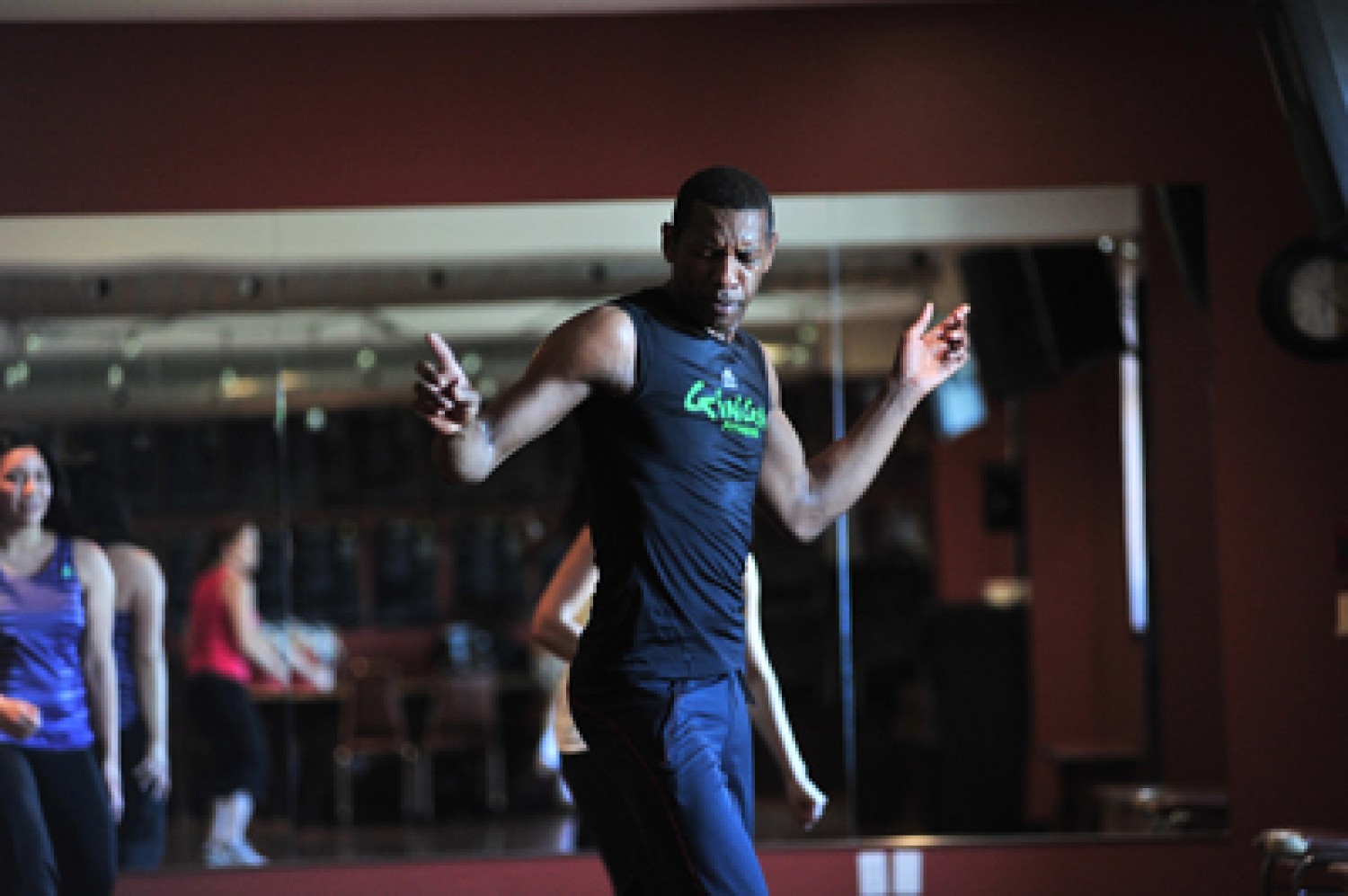Your Ideal Instructor: Kinesthetic

One of the many benefits of dancing is it connects you more closely with your body, how it moves, what feels good or bad. Some teachers are so comfortable with the language of the body that it becomes their measuring stick by which they can tell if a movement is correct or not. These are the kinesthetic, or physical instructors.
While other instructors might explain, or show you a pattern, kinesthetic instructors will physically move you through it, guiding your limbs to their proper positions. This helps build muscle memory, until you can execute the move without help. Let’s explore this unique approach.
Pros
Dance is ultimately a personal experience, and what feels good for someone else may be painful for you. Kinesthetic instructors excel at putting you in touch with what’s happening as you move through a step, so you can find your personal style. This also makes it easier to self-correct when you’re practicing alone.
If you think a dance lessons should be filled with – well, dancing – these instructors will make you MOVE! Lessons will likely be 90% dancing, with brief pauses for corrections. Learn and burn calories at the same time!
Dancing involves using your whole body, and kinesthetic dancers help you get in touch with how different parts work together to create a complete movement. This ensures that your movements are not only comfortable, but efficient and effortless – and that of course will improve the look of the dance as well.
Cons
If you’re not accustomed to paying attention to your body, kinesthetic instructions might seem a bit frustrating. You may initially find that you can’t tell the difference between correct and incorrect form, even though your teacher may praise you for one and not for the other.
If you are a cerebral person, it can be easy to overthink your movements – especially if your instructor likes to get right into the individual muscles. Ask your instructor to explain movements in larger blocks, so you can focus on one thing at a time.
Ironically, you may also have the opposite problem – the instructor may spend lots of time on the how of the movement, but neglect the what and why. Needless to say, this can drive students a bit crazy if they depend on the latter for understanding.
In short, kinesthetic instructors are best-suited for other “do-ers”; students who hate sitting still, and want to deepen their understanding of how their bodies move. Certain high-energy dance styles can be well suited for this, like Hip Hop, Latin, and Lyrical. Check out our adult classes page to learn more about these dance styles.
We’re wrapping up next week with a comparison of two different approaches to teaching, which all types of instructors may use.
About the Author
Ian Crewe has been dancing ballroom for over 18 years, and has a Licentiate in American smooth and rhythm. His passion for dance eventually led him to blogging and the World Wide Web. Ian currently teaches at the Joy of Dance Centre, Toronto, ON, Canada.

